
This content is protected against AI scraping.
Hey there! I bet many of you will already know all about writing flashbacks. But when I first started writing stories, I was confounded by how exactly to handle past tense and past present tense in flashbacks and other passages about things that happened prior to the main narrative. I’ve seen people on writing forums ask about how to format sections like these, so I know I’m not the only one who’s been confused.
.
.
Now, some people will tell you there’s no such thing as a properly written flashback–they’re against them, full stop. Although I go along with a lot of the conventional wisdom about writing, I think flashbacks are fine. I write them, and more often than not, I enjoy them as a reader. But even if you’re anti-flashback, you still may run into issues with past tense versus past perfect tense.
Although present tense is becoming more popular in fiction, most of it is still written in the past tense. That means when you start talking about something that happened before the current narrative, you need to use past perfect tense.
[AdSense-B]
Just to be clear: this is past tense. (I’m going to write it based on what’s happening in my apartment right now.)
Outside, a police siren wailed, and Pippin started barking. “Quiet,” Bryn said. She picked up his favorite rubber toy, making it squeak. The dog ran over to her, hoping for a game of fetch.
And this is past perfect tense:
Outside, a police siren had wailed, and Pippin had started barking. “Quiet,” Bryn had said. She’d picked up his favorite rubber toy, making it squeak. The dog had run to her, hoping for a game of fetch.
You’ll notice that I made “she had” into a contraction. When I use past perfect tense in a novel, I usually make “she had,” “he had,” “I had,” “we had,” and “they had” into contractions for a smoother and quicker read—a trick I picked up from my editor.
But if you go on for several paragraphs, all those “hads” are going to sound clunky, even if you make some of them into contractions. You’ll get sick of writing them, and readers will get sick of reading them. So what do you do?
Here’s what I don’t recommend: putting the flashback in italics. Readers may get confused and think it’s describing a dream, which is a more standard reason to format a long passage in italics.
Instead, here’s one easy way to handle verb tenses in flashbacks and long passages about past events.
[AdSense-B]
Write the first paragraph or the first few sentences of your flashback or long passage in past present tense.
Then, slip into simple past tense for most of your flashback. I usually start a new paragraph before I go into the simple past tense, rather than mixing two tenses in a paragraph, but this is a stylistic choice, and it may depend on what you’re writing about and even on the rhythm of the sentences.
You can switch back to past perfect tense for the last paragraph of the flashback.
Here’s another option for making the transition from the flashback. If something else jogs the main character’s thoughts and makes them aware of what’s happening around them—for instance, if there’s a knock on the door, or you talk about how the candle on the table burns out—that will shift the reader back into the main timeline as well. In cases like this, you don’t even really need to switch back to past perfect tense at the end.
I’ve noticed that when a few writers are in the middle of a flashback or any passage that happened before the main narrative, they switch into simple past tense, but sprinkle in past perfect in a couple of places. That’s an option, and I think it really depends on the flow of the sentences.
Does that all make sense? I hope so! If you’re thinking about writing a book, check out my book Blank Page to Final Draft. It addresses a lot of issues I see in my day job as an executive editor, and it’s full of mini-lessons to improve your writing style!
[spacer height=”20px”]
How do you feel about flashbacks? Do you have other tips for making transitions into and out of flashbacks more smooth? Let us know in the comments! Thanks for reading!

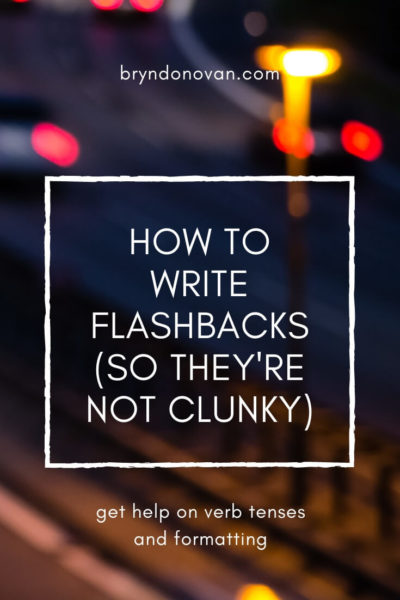
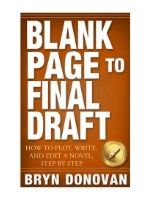
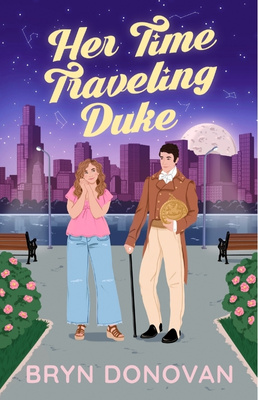
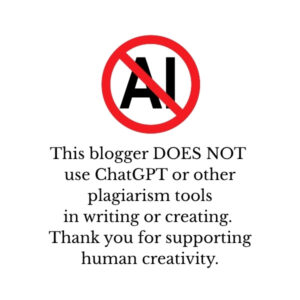
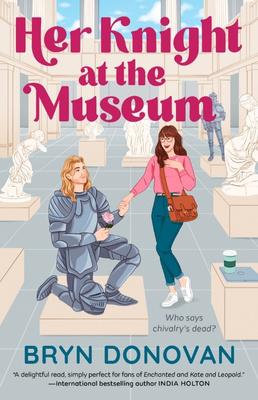
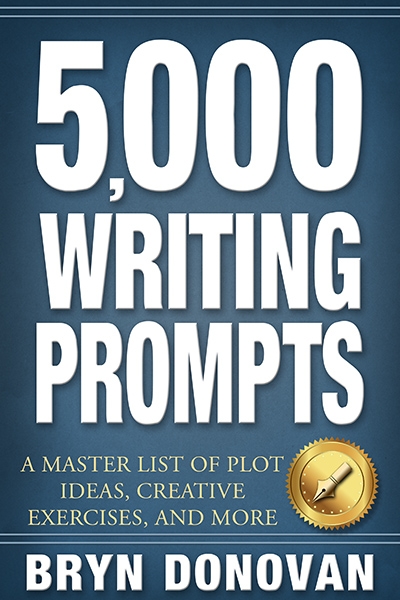
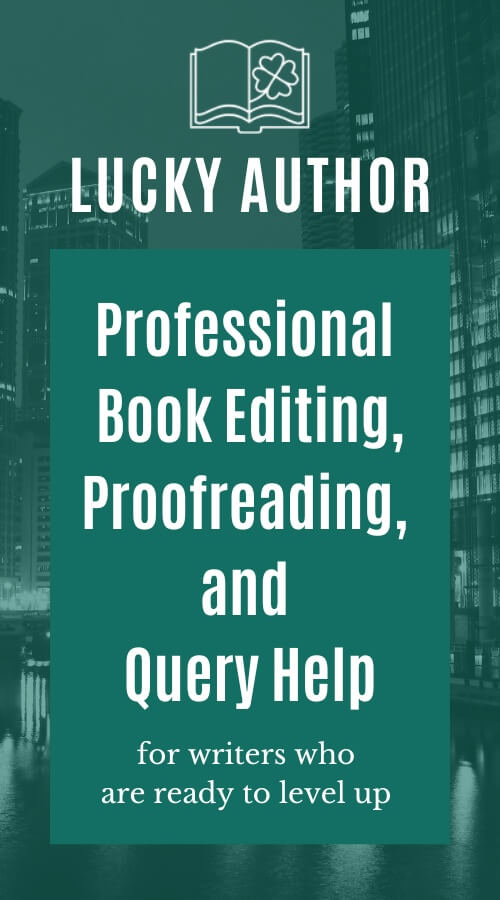
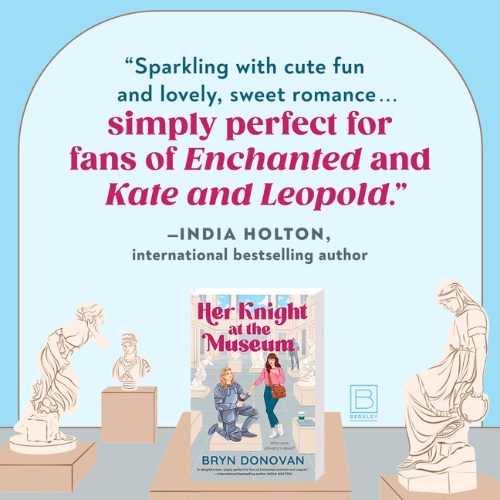
My current project is book two in a four-book series. I’m using the same characters so it’s necessary to explain some of their history from the first book. I want book two to work as a stand-alone. I’m finding dialogue is a good way to do that.
It doesn’t take much. A short sentence here and there, not all at once but throughout the first few chapters. I explained the reason one of the characters was in jail and on a work-release program to help the community by his conversations with other characters, and their conversations about him. It only takes a hint here and there to catch the reader up, and it also makes them curious if the information is fed to them a little at a time.
All of my characters have a history from the first book, of course. I’m reveling it a little at a time, like liquid from an eye dropper. Some of it may take several chapters and some may take the entire novel, depending on how my muse leads me. For now, dialogue and small bits of narrative are working well.
This sounds like a great project, Bonnie! And it sounds like you’re doing a great job of letting readers know where they are in the story.
Thank you, Bryn. I’m having a great time writing this four-book series set in a small town in the Missouri Ozarks. I love my characters.
I don’t know what my market will be since there is no sex or murders, yet mystery and romance abound. It has a gentle Christian slant but no preaching—and there are guns. I have three publishers and an agent interested. They’ve asked for the full manuscript of the first book, so that is encouraging. I’m calling it Christian romantic mystery.
I’m revealing a little at a time not reveling. ?
Thanks for the tips Bryn. Flashbacks can be difficult at times.
Thanks for reading, Cheryl! Hope you have a great weekend. 🙂
I don’t mind flashbacks as long as they are short and to the point. A couple of paragraphs at most and I like them handled the way you describe. However, my preference is to see history revealed as Bonnie describes above. ?
Thank you, JoHawkTheWriter. It works for me but everyone has their own way.
Thanks for this topic, Bryn. I enjoy flashbacks as long as it’s clear the sequence is a flashback (and, importantly, as long as it serves a purpose). I like the method of starting in past present and switching to simple past…if done well, it’s sneaky and draws the reader in without them noticing. If I ever get to Book Three in my series, there’ll be a mix of present events with one of the main character’s origin story…so whether it’s flashbacks or chapter structuring, I’ll have to figure out what method works best to tell the story. Have a great weekend!! ?
Ohh, I love learning about a character’s origin story once I’ve gotten to know him or her. So much fun! Have a great weekend yourself! 🙂
I’m reading a good novel now that jumps back and forth between 1942 and 1986. The author keeps the flashbacks in separate chapters, so each chapter is labelled 1942 or 1986, freeing the author to use the same verb tense in both parts of the story. I haven’t been confused in the least, especially since the main character is a child in ’42.
I like to use flashbacks when I feel a certain past event needs to be fully dramatized, especially for those big, life altering moments in my characters’ lives.
That’s just my approach, too!
Thank you so much for posting this, Bryn!!! I wish there was a way to save it so that I can go back to it often. Your examples are great.
Maybe try copy and paste?
If you’re a subscriber and receive the blog by email, what I do is move the email to a poetry or writing file on my mail server. But if you search “Bryn Donovan write flashbacks,” it will probably pop up, too.
Thank you, Atenni. I do get it in my email. I could use my brain once in a while, but it’s Friday….haha.
I’m retired, so every day is Saturday.
Nice!
Savannah, I just subscribed to your blog and invite you to check out mine: alariepoet.com
Oh, so glad it’s helpful! Thanks for reading, Savannah. 🙂
Flashbacks can be tough. Thank you for sharing this.
You did a great job of explaining! I remember when an editor told me to switch to past perfect tense and I had to look online to see what she was talking about! I like your method or the “eye dropper” method. I don’t usually like reading a flashback that pops up in the middle of the action and a character decides at that point to take time out to think back.
Hi, Jena! I agree…flashbacks in the middle of the action are tricky. Sometimes it doesn’t seem plausible that the character would be just standing there, mentally reliving the past… 🙂 And if it’s right in the middle of the action, sometimes you want to get on with the story in the present day! That is such a great issue and I never see people talking about it. Thanks for commenting!
What I have been doing in the novel that I’m working on is separating the flashbacks by chapters. Except for a couple scenes where it wouldn’t make sense to place them elsewhere. I enjoy playing with past perfect and simple past tenses to see which reads more easily. Thanks for your help Bryn 🙂
Oh, I’ve done that, too, Robin–when it’s a long flashback, sometimes it makes sense for it to get its own chapter! I’m glad you mentioned that. Thanks for commenting!
This is a great succinct post about punctuation! I’m an editor, and I find myself trying to fix a lot of tense issues. These are all really solid fixes for moving between a moment in story-present and a moment in story-past. Thanks for putting it clearly 🙂
Thanks, P.R.! Yeah, tense issues are so tricky for writers. Thanks for reading, and for the kind words 🙂
Thx for this info. I love flashbacks. Personally, I’ve always felt that characters have a past, a history I must include when I’m writing. I can’t help myself….lol….A contest judge once told me in a flashback, one “had” in the beginning and one “had” at the ending. This pretty much covers what you said.
I like that perspective on flashbacks, Tabitha—it can give the characters more depth. Thanks for commenting!
I’m gratified to find someone else who thinks the the past perfect is overused and over recommended. Some editors seem to insist that even a simple once clause or sentence memory must be in past perfect, i.e. “When James rode away to join the cavalry I was lost and alone.” Was to be re-written “When James had ridden away….etc.” The past perfect should be used when you want to describe an action that was completed in the past. It conveys a completion not only of the event but its effects. It seems to me when the effect lingers and one is simply remembering, simple past is just fine, even in a memory. For example, When their mother died the children became orphans. Who would insist on “When their mother had died, the children became orphans.?”
I am, however a bit confused by the term “past present tense.” Could you clarify?
currently writing my first book. i want to explain in flashbacks certain things as to not bore the reader. Keep them intrested in the story to find out how they got to this point.